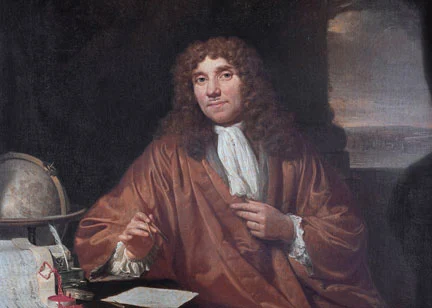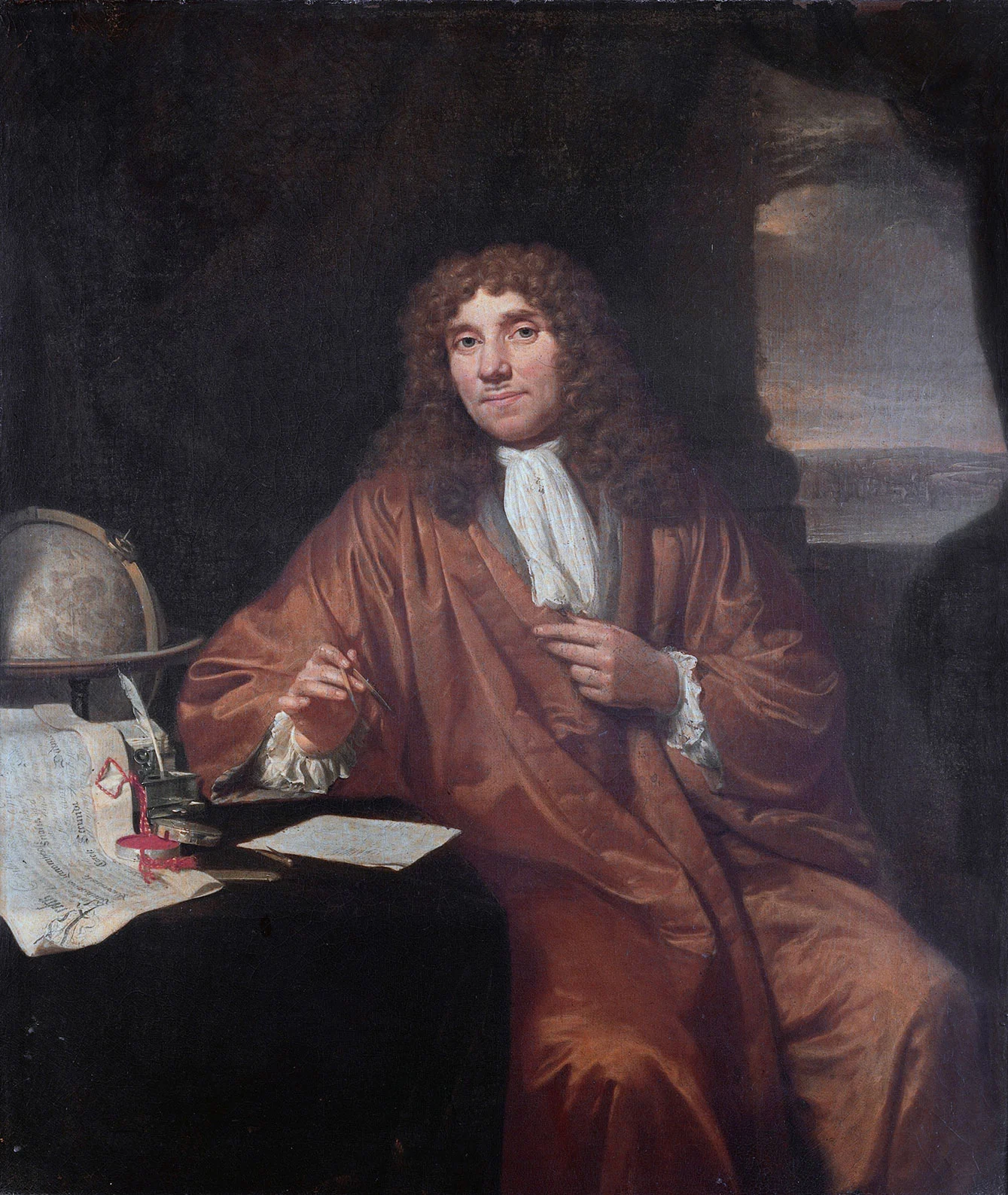
Microbial Evolution
Human civilization is a history of constant confrontation with microorganisms.
The Black Death
In the 14th century, the Black Death raged across Europe, claiming tens of millions of lives.
The Black Death in Europe originated from the Mongol invasion of the West, which brought the plague bacillus to the European continent (Cold fact: at that time, the Mongol army surrounded the city of Kaffa in Crimea in the southern tip of Ukraine and threw the bodies of plague patients into the city, causing the epidemic. The Black Death entered the Black Sea as a result, then crossed the Bosphorus Strait along merchant ships, and spread to the whole of Europe through the Mediterranean trade route). At that time, humans were still unaware of the existence of microorganisms, and during the Black Death pandemic, more than half of the European population died from the "unknown microorganisms" in just ten years.
In this battle between humans and microorganisms, the first round ended with humans being defeated.
Also because of the impact of the Black Death, Europeans began to reflect on the meaning of life and gradually believed that human values were more important than religion, which led to the European Renaissance.
After two centuries of intermission, this battle between humans and microorganisms suddenly showed a glimmer of hope and entered the second round.
Leeuwenhoek: The Second Round

In the 16th century, Dutch naturalist Antoni van Leeuwenhoek saw a completely new life form through a high-magnification microscope he built himself. This was the first time in human history that microorganisms were observed, and since then the door to the study of microbiology has been opened. Leeuwenhoek is also known as the "Father of Microbiology" and has become an iconic figure in the field of biomedicine.
By the way, the era in which Leeuwenhoek was born (1632-1723) was the golden age of the Netherlands. Not only did it establish an independent country from Spain, but it also established the world's first multinational company (the Dutch East India Company), monopolizing almost the entire trade routes in Europe and Asia. At the peak of the Netherlands' development, its per capita GDP ranked first in the world, more than twice the average of Western European countries at the time, and four times that of China during the reign of Emperor Kangxi of the Qing Dynasty. It was at this time that Taiwan began to enter the complex chess game of global trade and politics because of the Dutch colonial outpost established in Anping, Tainan. To this day, Taiwan has become a major center of the global semiconductor industry and a hot spot in the US-China Cold War, all of which originated from Dutch rule during the Leeuwenhoek period.
The Third Round: Cholera and Pasteur
Although humans first discovered microorganisms under Leeuwenhoek's microscope, they have not yet established the connection between pathogens and diseases, and are helpless against infectious diseases caused by microorganisms. This situation finally had a breakthrough in the 19th century.
In 1854, a serious cholera outbreak occurred in downtown London. British physician John Snow (yes! You read that right, the character of the same name in A Song of Ice and Fire) confirmed through systematic epidemiological investigations that the source of cholera was contaminated water, and is therefore known as the "Father of Epidemiology." Later, French biologist Louis Pasteur further elaborated on the idea that diseases were caused by bacteria (also known as the mycobacterial theory) and invented the Pasteur method of sterilization, which greatly promoted human public health and the average human life expectancy began to gradually increase.
Round 4: Antibiotics
Although humans have known that many infectious diseases are caused by pathogenic bacteria, there has been no effective method to combat microbial infections, especially sepsis caused by bacterial infection of wounds. During World War II, a high proportion of soldiers on the front lines died from bacterial infections after being injured. Due to the needs of the war, mankind's first antibiotic, penicillin (also known as penicillin), was finally able to be mass-produced, and antibiotics are also known as the first of the three most important inventions of World War II (the other two are the atomic bomb and radar).
The discovery of penicillin was completely accidental. In 1928, British bacteriology professor Fleming accidentally discovered that Penicillium had bactericidal effects and determined that a certain metabolite produced by Penicillium could kill bacteria (Fleming called it "penicillin"). Ten years later, another British team, Chain and Florey, finally isolated penicillin and determined its chemical structure. A few years later, the United States entered World War II. Realizing the importance of penicillin to the war, it formed a large research team and finally achieved mass production of penicillin, which saved humans from death due to bacterial infections and saved countless lives.
Since the discovery of antibiotics, human life expectancy has increased dramatically from 32 to 45 years in the past 20 years. Humans finally achieved a major victory in the fourth round of the battle against microorganisms.
《Round 5》Human intestinal flora and metabolic diseases
Over the centuries, human life expectancy has been significantly improved due to the discovery of microorganisms and their metabolites (antibiotics). Today, as the 100th anniversary of the discovery of antibiotics is approaching, human life expectancy has increased significantly from 30 years at the beginning of the last century to 80 years. Infectious diseases caused by microorganisms seem to no longer pose a threat to humans, but is this really the case?
Just the opposite.
In addition to cancer, the disease that poses the greatest threat to humans today is "metabolic disease", such as cardiovascular disease, diabetes, kidney and liver related diseases.
These diseases seem to have nothing to do with microorganisms, but through a large amount of scientific research in recent years, we have gradually come to understand that the occurrence of many metabolic diseases is related to the imbalance of "intestinal flora".
There is even increasing evidence that the metabolites produced by intestinal microorganisms are themselves the culprits of disease. How to reduce the risk of metabolic diseases by improving intestinal flora is definitely an important topic in future medicine.
The love-hate relationship between humans and microorganisms was destined not to end easily since the moment Leeuwenhoek discovered microorganisms.
The mission of Leeuwenhoek Biotech is to inherit and pass on his spirit, continue to explore the world of microorganisms, and make more contributions to human health and longevity. Today, on the 300th anniversary of Leeuwenhoek’s death, let us look to the future with him and work tirelessly to promote scientific progress and improve the quality of human life.
Experts and scholars: Xu Chengzhi, founder of Leeuwenhoek
【Notes】
Leeuwenhoek (October 24, 1632 - August 26, 1723) was born in the Netherlands and was a wine merchant, but his real achievement lay in his observation of microorganisms. In the 17th century, the medical community knew very little about microorganisms, but Leeuwenhoek observed the existence of microorganisms for the first time using his homemade microscope. His discovery changed the entire scientific community's understanding of the microscopic world of life.
Leeuwenhoek's contribution lies not only in his observation skills, but also in his carefulness and patience. He recorded a large number of detailed observations and experimental results and shared them with scientists at the time, paving the way for the development of microbiology.



